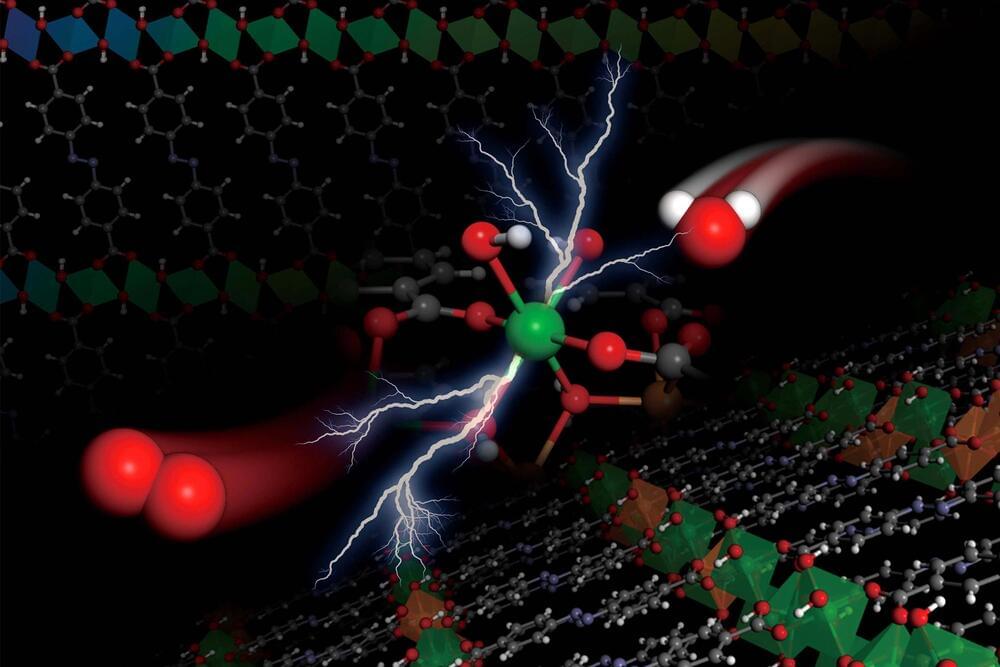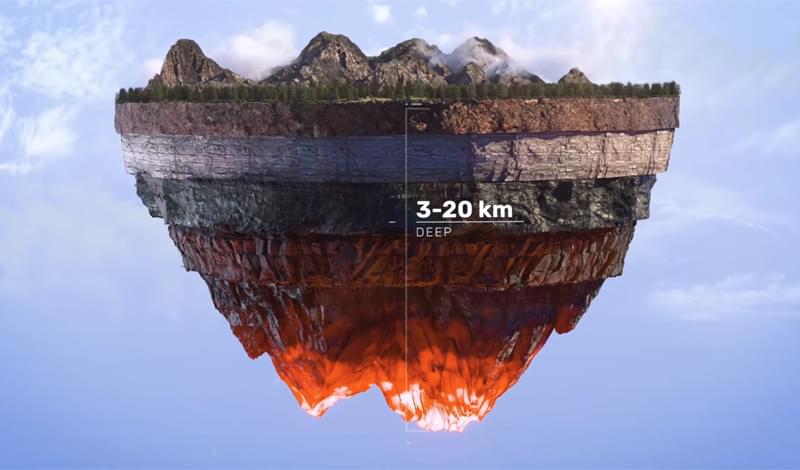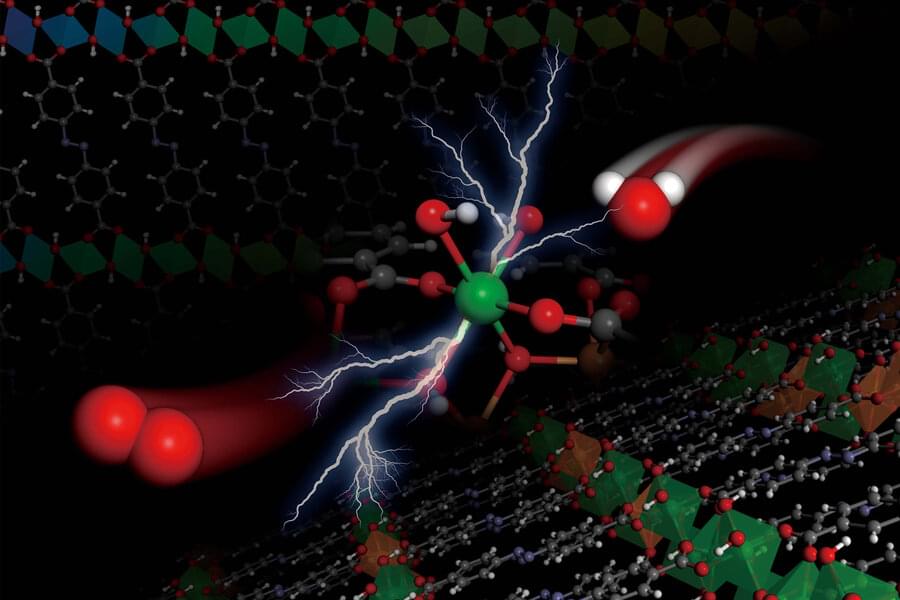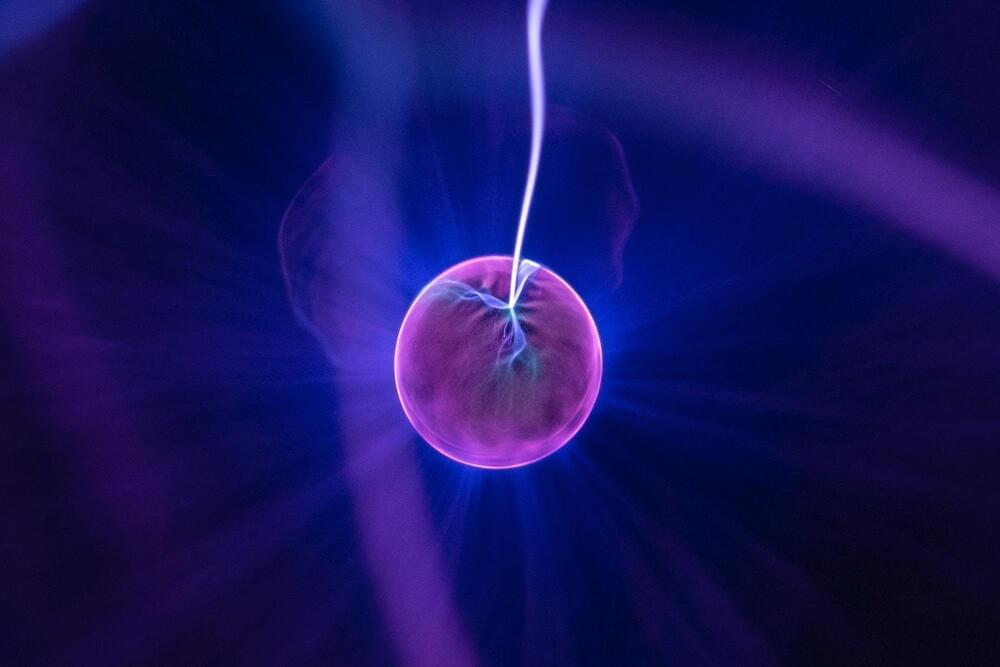Nikola Tesla’s vision of the world is about to become reality.
#engineering
Wireless electricity is a 100-year-old dream that just might turn into reality in the coming years. The advent of wireless charging, electric vehicles, 5G, and the need for greater sustainability have led to a push for the development of fully operational wireless transmission technology in different parts of the world.
From America’s Wave Inc. to Japan-based Space Power Technologies and New Zealand’s energy startup Emrod, there are a number of companies that are currently working on wireless power transmission technology. Field tests have also begun for some systems, and it will be interesting to see who comes first in this race to offer an efficient, economical, and viable wireless electricity solution.
Before we get into the different revolutionary initiatives concerning wireless electricity, it is important to understand its origin and the underlying concept behind this technology that makes it a reliable choice for future power needs.





